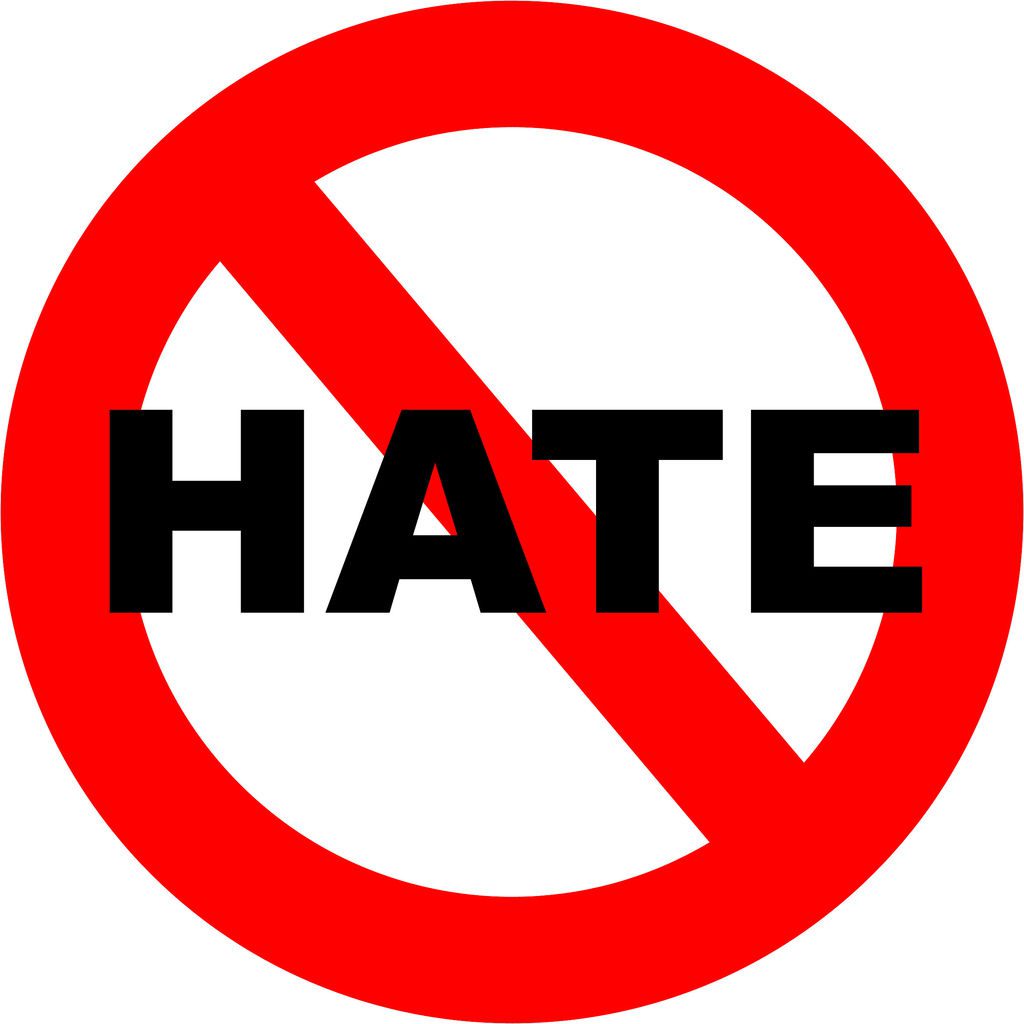Grocery Store Intervention

Need to feel good today? You’re in the right place. This is a success story in so many ways.
When I teach bystander intervention, I discuss how a key to successful intervention is to know how people are likely to perceive you. It matters. In this story, two cousins are treated entirely differently by a cashier at a grocery store. One cousin is multiracial, but looks white; the other looks African American.
What happens is that the cousin who looks white uses white privilege to intervene (even though she is not white!) The African American-looking cousin hesitated from taking exception to the mistreatment because she knew that she could be seen as “the angry Black woman.”
It played out well, for everyone except the racist cashier. Now, watch the video: Link
Takeaways:
Know how you will be perceived.
People notice three things about you, immediately. The unfortunate thing is that many people notice these things, but get it wrong.
Age. Most people judge age correctly, within about a ten-year span, most of the time.
Race. People judge race correctly, most of the time, except when looking at multiracial people, southern Europeans, North Africans, Arabs, Persians, South Asians, and a host of other variations on humanness that don’t fit into their neat perceptions of what a white person looks like.
Gender. Like race, some people don’t fit into the neat little box of male or female. This applies not only to people who are non-binary, or transgender, or butch, or fem. Some people’s notions of femaleness or maleness is so narrow that short-haired, or lanky, or strong-looking postmenopausal women will appear male to them and long-haired, or round-bodied, or soft-voiced men will appear female to them.
Along with that instant recognition comes a world of judgement. Along with the designation of age, race, and gender comes all the stereotypes in the head of the person deciding your age, race, and gender.
Pick your battles.
Some fights will just reinforce a negative stereotype.
Use your power for good.
The multiracial cousin used white privilege to call BS on the cashier’s assertion that she was just following policy. She was heard because people thought she was white.
Everyone was changed.
When a person witnesses injustice, they learn something from the experience.
The cashier learned that she could not be overtly racist, checking only Black people’s credentials.
The older white women witnessed another white woman stand up for the Black woman. This may empower them to open their mouths, next time they see racism in action.
The manager heard several white women corroborate the racist behavior of his employee.
The 10-year old had a mixed experience. The child was humiliated by the racist cashier. She saw her mother choose not to make waves, but to take it. Just at the point when her mother would have acted, her aunt successfully brought the injustice to the attention of the white people in the room. She may have learned to choose her battles. She may also have learned how silly racism is (since her aunt is as African American as everyone else in the family.) But, she may have learned that looking white is a power that she lacks, and she may feel disempowered by this. Given how articulate her mother was in the video, I can assume they discussed it, after the fact. I trust the child will be well tended in regard to this experience.
No one in the room walked out believing that the credential check by the cashier was fair treatment. There was no place for denial that racism fueled the way the checks of these cousins was handled.
If you are interested in my Bystander Intervention classes, please join my mailing list to hear about upcoming classes. Check out the upcoming classes.